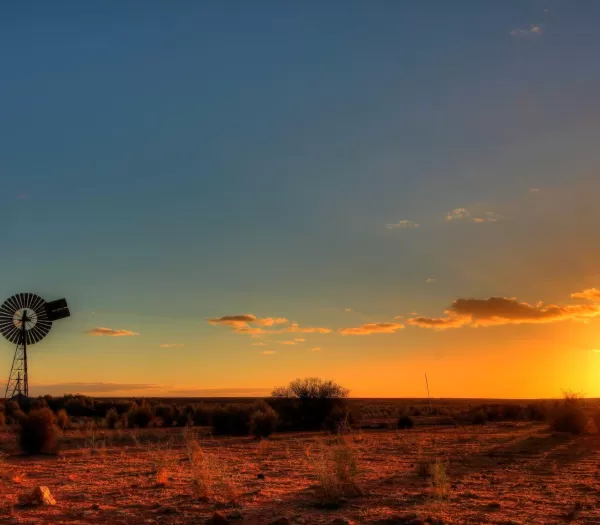Grains and fodder
The grains and fodder industry in Queensland

The Grains and Fodder industry uses energy in the form of electricity primarily for irrigation and diesel for on-farm machinery including planting and harvesting.
Field crops grown in Queensland include winter cereals (wheat and barley), summer cereals (sorghum and maize), winter pulses (chickpea and faba bean), summer pulses (soybean and mungbean), sunflower, canola and a range of specialty crops (triticale, navy beans, lentils, rice, field peas, hemp etc).
Top energy efficiencies for the grains and fodder industry.
Pumping and irrigation - Savings from Variable Speed Drive installation, pump replacements and maintenance and changes to irrigation design.
Lighting and general - Replacement and retrofitting of lights with LEDs, infrastructure upgrades to facilitate efficiency gains and general management changes.
Solar and batteries – Grid-connected and standalone.
Solar systems - Ranging in size from 5-100kW.
Explore grains and fodder case studies

Atherton Tablelands Border Rivers, Cape York Peninsula, Central West, Darling Downs, Dry Tropics, Fitzroy, Mackay, Isaac and Whitsunday, Maranoa-Balonne, North West, South-East, South-West, Southern Downs, Torres Strait, Wet Tropics, Wide Bay Burnett, Queensland,
All Energy Savers Plus Farms
Energy Savings 40% Cost Savings $2,817,342

Queensland
Queensland Turf, Sheep and Pasture Farms
Energy Savings 36% Cost Savings $143,419
Explore grains and fodder related resources

Featured
Queensland Renewable Energy Landholder Toolkit
The Queensland Renewable Energy Landholder Toolkit to assist and inform landholders as they respond to and negotiate with energy industry representatives about accessing land and developing renewable energy projects.

Featured
Electricity Price Changes in Regional Queensland 2024-25 Fact Sheet
By July each year, the Queensland Competition Authority (QCA) sets the electricity prices that are passed onto residential and business addresses in regional Queensland. It is important for farmers to be aware of their energy usage and the tariff.

Financing your energy projects
Once you’ve identified energy savings or renewable energy opportunities for your farm, the next challenge is to find the funds or finance to make it happen.
There are a number of options to either reduce up-front costs or reduce the borrowing costs for the project. These can include new efficient pumps, motors, compressors, vehicles, lights, renewable energy systems and many other products.